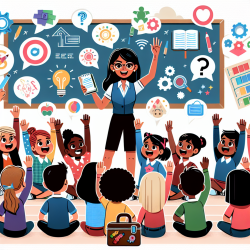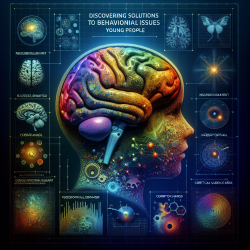Effective classroom management is crucial to fostering student engagement and achievement. A well-crafted lesson can quickly lose its impact if delivered in a chaotic or unsafe environment. According to a 2013 study by The New Teacher Project, teachers often cite classroom management mistakes as significant barriers to effective teaching. In a 2016 survey by Teaching Tolerance, over 45 percent of teachers indicated they had considered leaving the profession due to these issues.
The Need for a New Approach
While educators agree on the importance of classroom management, many find themselves inadequately trained beyond traditional approaches, which can sometimes worsen behavior problems. This blog explores a toolkit that seeks to reframe classroom management by shifting the focus from control to supporting student development. This model encourages teachers to respond to student behavior with the aim of maintaining learning momentum rather than exerting absolute control.
1. Understand and Distinguish Behavior
All behavior communicates a need. Recognizing this allows teachers to develop effective interventions rather than resorting to punishment. Not all behaviors require the same response; understanding the underlying reasons is crucial for preventing misbehavior.
2. Rethink Control and Power Dynamics
Classroom management should not be about power but about creating an environment where students are partners in their learning journey. Excessive control can undermine motivation and lead to reluctant compliance rather than genuine engagement.
3. Be Proactive Instead of Reactive
Reactive strategies like punishment contribute to teacher stress and off-task behavior among students. Instead, educators should focus on building relationships and fostering engagement through positive behavior support.
4. Respond to the Child, Not the Behavior
A responsive classroom respects the whole child and acknowledges their role in the community. Harsh discipline can exacerbate behavioral issues by fostering resentment; instead, engaging in dialogue helps students regulate emotions and improve behaviors.
Understanding Student Behavior: The EATS Framework
- Escape: Avoidance of tasks or situations.
- Attention: Seeking attention from peers or teachers.
- Tangible Gains: Accessing preferred activities or objects.
- Sensory Needs: Meeting internal sensory needs.
Fostering Empathy in the Classroom
- Choose Empathy: Encourage students to understand different perspectives.
- Understand Respect: Discuss what respect means from both teacher and student viewpoints.
- Create Safe Spaces: Allow students to express themselves without fear of embarrassment.
This toolkit aims to help educators rethink discipline and foster environments where students can thrive emotionally and academically. For more information, please follow this link.










